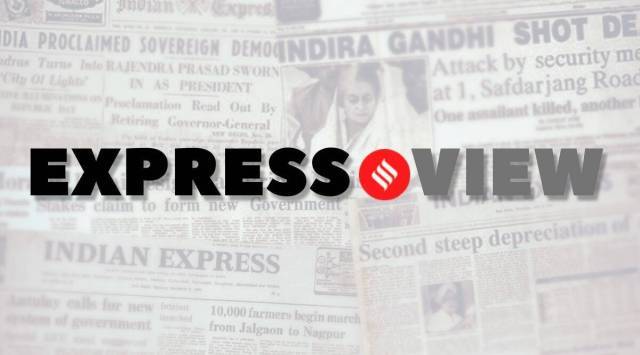
E-commerce isn’t simply about placing orders for goods and services through digital platforms. Whatever is ordered online has to also be physically shipped and delivered in person to the buyer concerned.The success of Open Network for Digital Commerce (ONDC), the government-backed online marketplace, will ultimately depend on its ability to facilitate, if not offer, end-to-end solutions from logistics and warehousing to delivery and payments.
The likes of Amazon and Flipkart provide all these solutions, including through fulfillment centres receiving inbound products from vendors and ready for outbound dispatches whenever consumers order on their websites. That makes them, for all practical purposes, “operators” as opposed to mere online “platforms”. The platforms derive their power from not just connecting sellers and buyers, but also ensuring physical fulfillment of transactions or integrating online with offline.
But it raises the original question: While marketplaces are meant to connect sellers and buyers — and digital commerce can do that still better by expanding the universe of interactions — would it be enough? There has to be, at the end of the day, somebody to actually collect, transport and deliver the Madhubani painting or Kutch embroidery work to a buyer in Delhi. In UPI, the transactions are limited to transfer of funds between bank accounts that are linked to mobile phone numbers.
In ONDC, the loop would extend way beyond the online world. Amazon, Flipkart, BigBasket and Jiomart or, for that matter, Zomato, Swiggy and Urban Company may be proprietary platforms, but the fact is that they are today offering full-package solutions for fulfilling consumer orders. If ONDC is to “help our small retail survive the onslaught of large tech-based e-commerce companies” — to quote the Union Commerce and Industry Minister Piyush Goyal — it will have to do better than them or even what UPI did in payments. And it should definitely not burn the money of taxpayers or public financial institutions.